It is not how you are born, but how you die, that reveals which people you belong to.
Perhaps one of the best known quotes of the great Lakota chief Black Elk, which sums up a lot of the spirituality and philosophy of the natives. The sense of belonging and family is generally a foundation of the aboriginal peoples of planet Earth, but in the case of the natives of the plains there are very important parallels with the concept of family seen in Avatar – The way of water. But before going into the topic addressed by James Cameron remember that in this article we will talk about the characters and plots of the film Avatar – The way of waterso if you would like to avoid spoilers, we recommend reading after watching the film.
In this second chapter, the focus has shifted several years after the reincarnation of Jake Sully’s body into an Avatar, an event that led to the creation, by the former marine, of a very large and even mixed family. In fact, Jake and Neytiri are parents of four children, three of whom are natural, Neteyam (Jamie Flatters), Lo’ak (Britain Dalton) and Tuk (Trinity Jo-Li Bliss) because Kiri (Sigourney Weaver) was born under mysterious circumstances from Avatar body of the late Dr. Grace Augustine. In addition to joining the four Na’vi sons of the Sullys there is also the “adoption” of Spider (Jack Champion), an earthling who remained on the moon because he was too small for cryosleep.
The first thing that is pointed out, after the Sullys decide to ask the Metkayina clan for hospitality, is the diversity of the children, the “non-purity”. Yes, because the three natural children are “half-bloods” as their father Jake is not a pure Avatar and the symbol of this intersection is in his hands: Jake’s children, unlike the other Avatars, have five fingers instead of four. The concept of “mixed” family is a very avant-garde thought in this second chapter, it introduces the discourse of the “different” and the repercussions that the outcasts (even in animals such as the tulkun) have to face, however it is not so much invented, in fact it has always been a fundamental point of the natives in general. James Cameron’s idea with the project Avatars it almost seems to tell a planet like Pandora with the heart, eyes, traditions and spirituality of the natives of planet Earth.
The extended family in Plains Natives such as the Na’vi
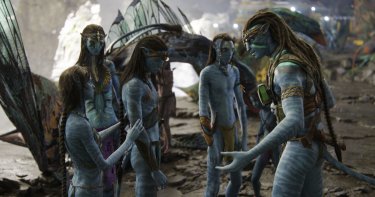
In ancient times, in the plains tribes and beyond, the children were nursed not only by the natural mother, but also by other mothers and the same families adopted children from other tribes in order to create internal harmony in the same community. There was a lot of solidarity in this sense within the communities: if one woman did not have enough milk to feed her baby, there was always another one who had too much and who acted as nurse. We found the same situation within the family of the Sullys who, in addition to the three natural children, embraced the adoption of two other “mixed” children. In the ancient Lakota language there is a very important concept such as Wotitakuye, which means “kinship” (in the Lakota language) and is one of the most important values coming from the extended family (Tiyospaye), in fact it includes the ideas of living in harmony , belonging, relationships, such as true wealth and the importance of trusting others. For the Plains natives, as for the Sullys in Avatarsthe family is the measure of their wealth because it will support each member for better or for worse.
The Sullies stick together

For a Lakota (or a Plainsperson), one belongs to a tiyospaye in various ways obviously from birth, through marriage but also through adoption and one’s family extends even outside one’s tribe. Whenever your family sets out on a journey somewhere, you can expect to be welcomed and supported, as if you were your immediate family in other tribes as well, just like in Avatar: The Waterway. The Sully family, in order to avoid the bitter clash with the terrestrials again, decides to seek acceptance in the tribe of the sea and despite an initial coldness the clan leader himself decides to open the “doors” of the village to Jake & sons by teaching them the uses and costumes. This great parallelism and historical research by James Cameron does nothing but endorse the thesis even more than in Avatars everything that is shown is most often a mirror of what happened on our planet and that due to many events has been forgotten: the family and belonging to clans, adoptions and the teaching of various uses and costumes are the major example.
Avatar: The Water Way, the review: the way of great cinema
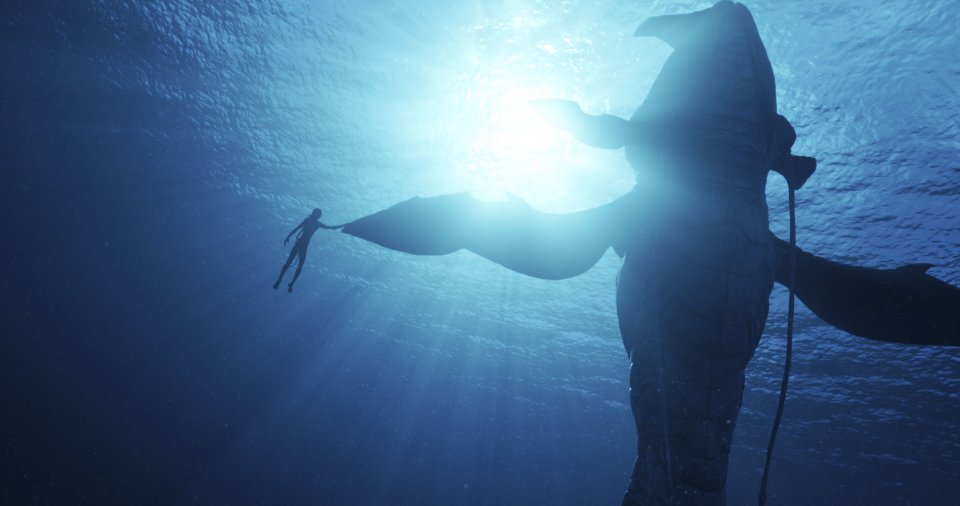
For fans of the hypothesis that “it’s a film without a plot”, there are films that have particular plots without perhaps sending messages and then there are films like Avatars who base their script on themes and here there are much more than in the first chapter.
One of the recurring lines between Jake Sully and the members of the family is “fortress”. Even this word, albeit very simple, hides a very ancient concept always deriving from the Indians of the plains. Wacintaka (the Lakota word for fortitude) means facing dangers or challenges with courage, strength and confidence, believing in oneself and by combining all these meanings the concept of Wacintaka allows a person to face any challenge that comes before him. Fortitude includes the ability to come to terms with problems, to accept them and to find a solution that works for everyone and in fact one of the first lessons of a Lakota child, which was taught in antiquity, was self-control and self-control in presence of parents or adults (which is not exactly the same as Sully’s children who are more rebellious than usual in many situations).
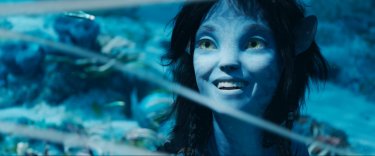
And the role of the woman? As for the undisputed protagonist of these chapters, the beautiful Neytiri, there is a mix of various types of cultures. Yes, because in almost all native tribes, women were the economic engine and ensured the smooth running of daily life. In most communities, such as the Apaches, the family was matriarchal so the focus and center of everything was on the woman of the family. However, despite their countless tasks, they skinned animals, smoked meat, made all the clothes, were very expert tanners of skins, cooked, set up and dismantled the tents and of course, looked after the children, women hardly took bow and arrows like Neytiri.
Avatar: The Waterway, James Cameron: “In the sequel we faced the responsibility of having children”
Neytiri, the female warrior
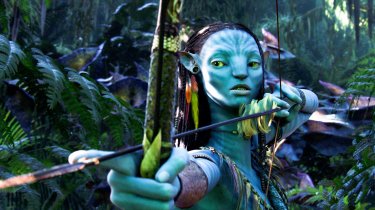
Jake Sully’s Na’vi wife is a mix of various cultures, certainly a native in terms of respecting and sharing the values of Mother Earth/Eywa, but a bit Amazonian in her role as a warrior. Even the Amazons had a special relationship with nature, to which they were closely linked, living in fact in strong connection and harmony with their body as an instrument of strength, dexterity and power. Columbus, if we were to look for “historical” news, writes in his various diaries that he met female warriors during his travels. A companion of the conquistador Francisco de Orellana describes the struggle he and his companions had to wage in 1541, in the Amazon, against large white women with long plaited hair, armed with bows and arrows. It was Orellana, moreover, who baptized the Amazon River from the Indian word “amassonas” which means “destroyer of boats”.
Avatar: The Water Way, the opinions of the editorial staff
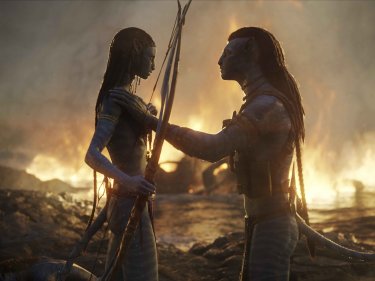
Returning to the protagonist of James Cameron’s film, for the way of approaching children and spirituality in general Neytiri represents and embodies so many Plains Native values. In the evening, to put the little ones to sleep, the Lakota women sang long songs and lullabies and Neytiri, even within the film, is often the one who sings for the family. In the social life of the Indians, knowing how to prepare and serve food was very important, and it was always the woman’s job Avatars the sharing of food is shown a few times, but also in an important scene such as the decision to go into battle or not Cameron focuses on Neytiri who is busy preparing a meal for the family (another not negligible detail). Then when there is a need to fight, the woman of the family transforms into a tremendous, ruthless Amazon. On the parallels with the way of fighting of the Amazonian women we enter the realm of legend and myth, because on balance there is little evidence of female warriors like Neytiri. Fascinated by the tenacity and strength of the warrior mother, we like to close with a verse from Virgil, in the Aeneid, which described them in this way:
Bold warrior, who succinct, and confined in a gold frieze the austere mother, ardent and furious among a thousand and a thousand, even if she is a woman and a virgin, of which cavalier she is not afraid of a hitch.
